Welcome to the mesmerizing world of Zion National Park in Utah, where ancient rocks tell tales of time and nature’s artistry knows no bounds.
Nestled within the rugged landscapes of southern Utah, Zion National Park is a geological wonderland boasting some of the world’s most iconic rock formations.
Join us as we unravel the mysteries of Zion’s geological wonders, explore its iconic rock formations, and delve into the fascinating processes that have shaped its landscapes.
Quick Look at Zion’s Rock Formations
- Iconic formations: Angels Landing, The Narrows, Checkerboard Mesa
- Types of rocks in Zion: Navajo Sandstone, limestone, siltstone
- Key forces: erosion, uplift, sedimentation
- Popular activities: rock climbing, hiking, geology tours
- Hidden features: caves, switchbacks, petroglyphs
Top 5 Iconic Rock Formations
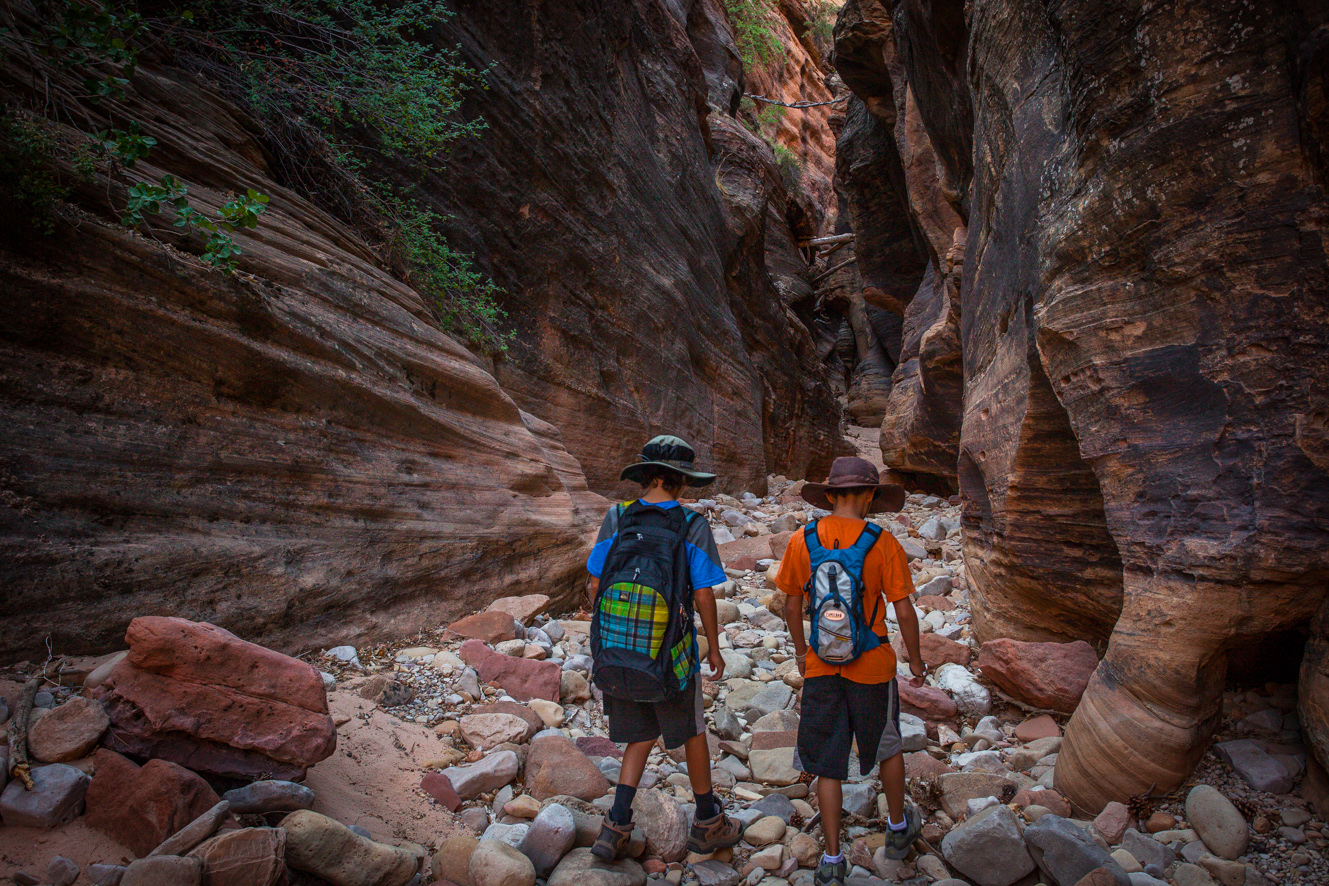
Angels Landing: A towering sandstone pinnacle, Angels Landing is one of Zion’s most iconic formations, rising nearly 1,500 feet above the canyon floor. Its narrow ridgeline offers breathtaking views but presents a thrilling challenge for hikers due to sheer drop-offs. The hike to its summit showcases unparalleled views, testifying to the enduring forces of erosion and uplift.
The Narrows: Carved by the meandering Virgin River, The Narrows is a breathtaking slot canyon where sheer sandstone walls rise hundreds of feet above, creating a narrow corridor of sublime beauty. Stretching for miles through Zion Canyon, its surreal landscape immerses visitors in a world of sculpted rock and dappled sunlight, an unparalleled experience.
Checkerboard Mesa: This geological marvel, named for its intersecting vertical and horizontal lines, is a testament to erosion and sedimentation. Located in the eastern section of Zion National Park, its unique appearance offers insight into the geological processes that have shaped Zion’s landscape over millennia.
The Great White Throne: Dominating the skyline of Zion Canyon, The Great White Throne is a majestic monolith of Navajo sandstone that commands attention with its sheer size and grandeur. Its towering presence serves as a reminder of the immense forces that have sculpted the park’s iconic rock formations.
Emerald Pools: Nestled amidst verdant foliage and towering cliffs, the Emerald Pools offer a tranquil retreat in the heart of Zion’s wilderness. Fed by cascading waterfalls and crystal-clear springs, these emerald-hued pools are a haven for weary hikers and nature enthusiasts seeking solace amidst the canyon’s rugged beauty.
Exploring Zion’s Geological Marvels

Erosion: Zion National Park’s geological wonders owe much of their awe-inspiring appearance to the relentless forces of erosion, primarily driven by water. Over millions of years, the Virgin River and its tributaries have carved deep canyons, such as Zion Canyon and The Narrows, into the park’s sandstone landscape. The erosive power of water has also shaped iconic rock formations like Angels Landing, sculpting narrow ridges and fins that defy gravity.
Uplift: While erosion has shaped Zion’s canyons, the park’s towering cliffs owe their existence to geological uplift. Ancient seabeds were uplifted during tectonic activity, pushing layers of sedimentary rock thousands of feet above sea level. This uplift, combined with the erosive forces of water, created the dramatic vertical walls that define Zion’s landscape. One prominent example of this uplift is the towering peaks of the Kolob Canyons section of the park.
Sedimentation: Zion’s geological story is written in its rock layers, each a chapter in the park’s ancient history. Over millions of years, layers of sediment, including sand, silt, and limestone, accumulated on the seabed of an ancient ocean that once covered the region. As these sediments were buried and compressed over time, they hardened into rock, forming the sandstone cliffs and mesas we see today. The distinct layers visible in Zion’s rock formations offer a glimpse into the changing environments and climates that shaped the park over millions of years.
Insider Tips for Experiencing Zion’s Geology
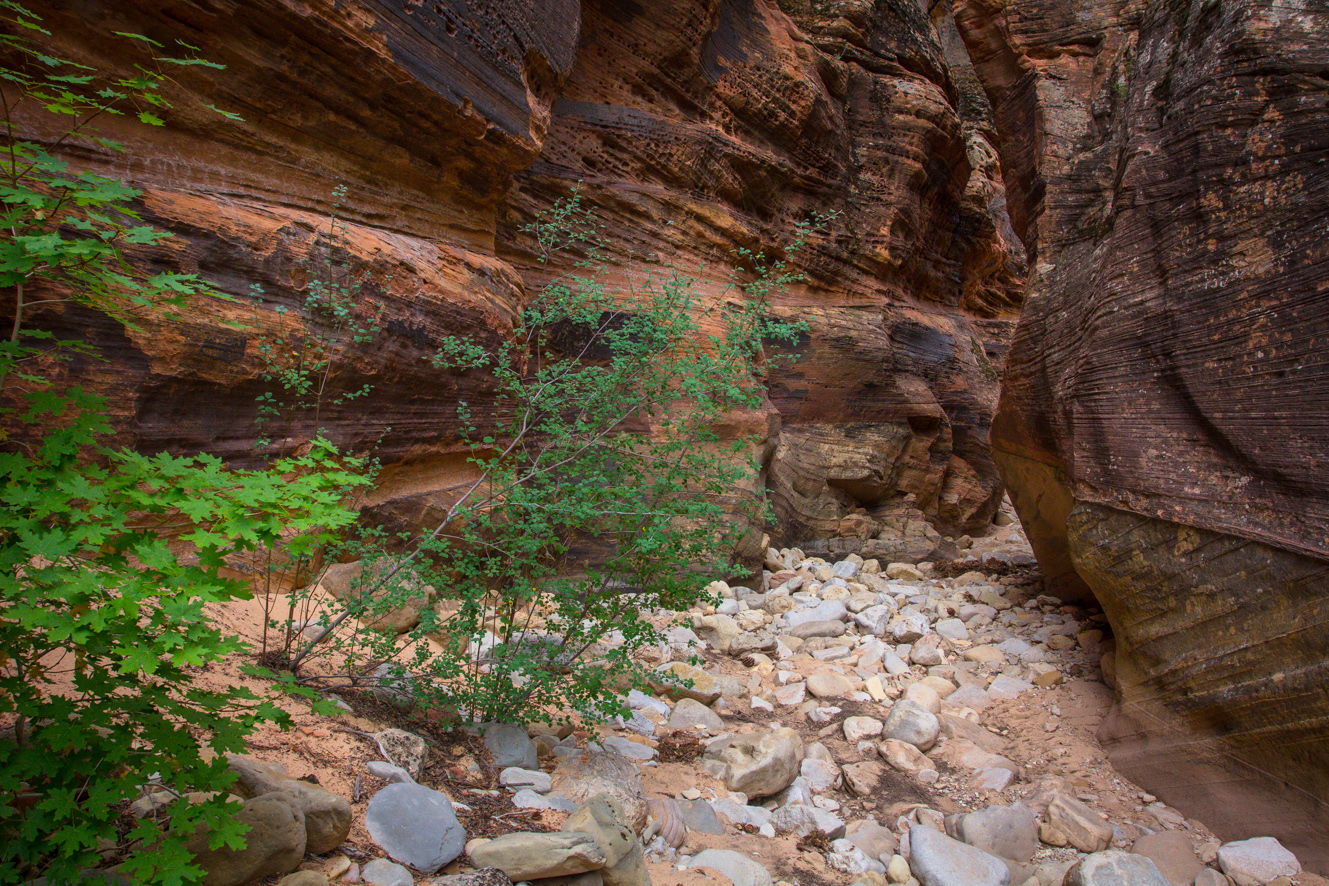
Explore Diverse Landscapes: To truly appreciate Zion’s geological wonders, venture beyond the main tourist areas and explore the park’s diverse landscapes. Hike along the East Rim Trail for sweeping views of Zion Canyon, or explore the lesser-known Kolob Canyons to glimpse the park’s geological diversity.
Visit Geological Viewpoints: Take advantage of the park’s numerous overlooks and viewpoints to get a closer look at Zion’s rock formations. Canyon Overlook offers stunning vistas of Zion Canyon, while the Checkerboard Mesa viewpoint provides a unique perspective on the park’s geological diversity.
Participate in Interpretive Programs: Join ranger-led interpretive programs to better understand Zion’s geology and the processes that have shaped its landscape. From guided hikes to interactive presentations, these programs offer valuable insights into the park’s natural history and geological significance.
Discovering Zion’s Iconic Rock Formations
Angels Landing: One of Zion’s most iconic rock formations, Angels Landing, is a narrow sandstone fin that rises nearly 1,500 feet above the canyon floor. Its precarious ridgeline offers breathtaking views of Zion Canyon. Still, it presents a thrilling challenge for hikers, with sheer drop-offs on either side.
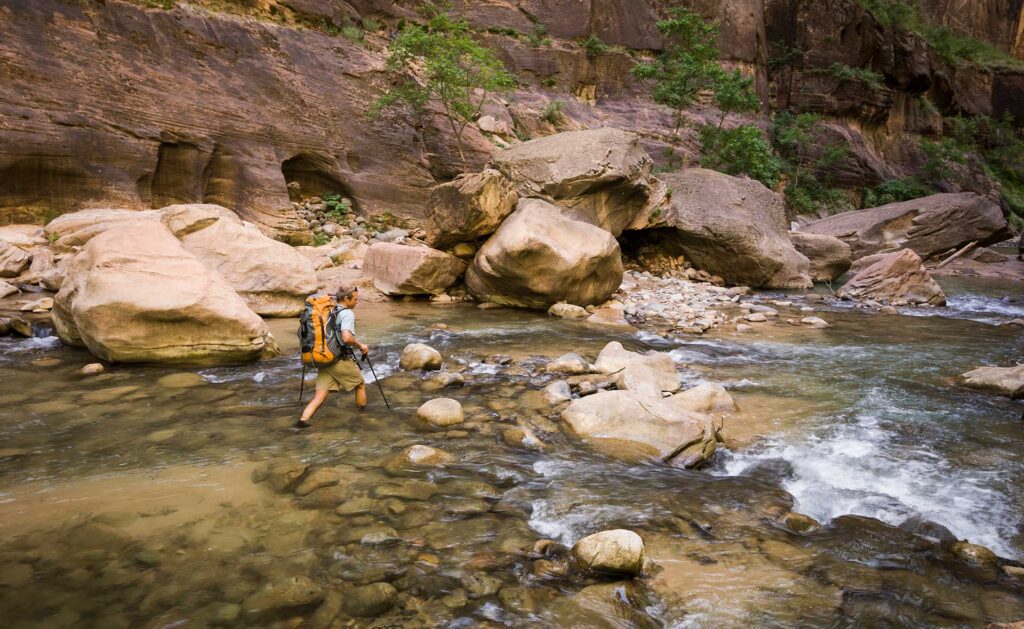
The Narrows: Carved by the Virgin River, The Narrows is a stunning slot canyon that stretches for miles through Zion Canyon. Its towering sandstone walls, which narrow to just a few feet wide in places, create a surreal and otherworldly landscape that must be seen to be believed.
Checkerboard Mesa: Named for its distinctive checkerboard-like pattern, Checkerboard Mesa is a striking geological feature located in the eastern section of Zion National Park in Utah. The pattern results from differential erosion, where softer rock layers erode more quickly than harder ones, creating a unique and visually stunning landscape.
Insights & Revelations – Geology, Unearthed!
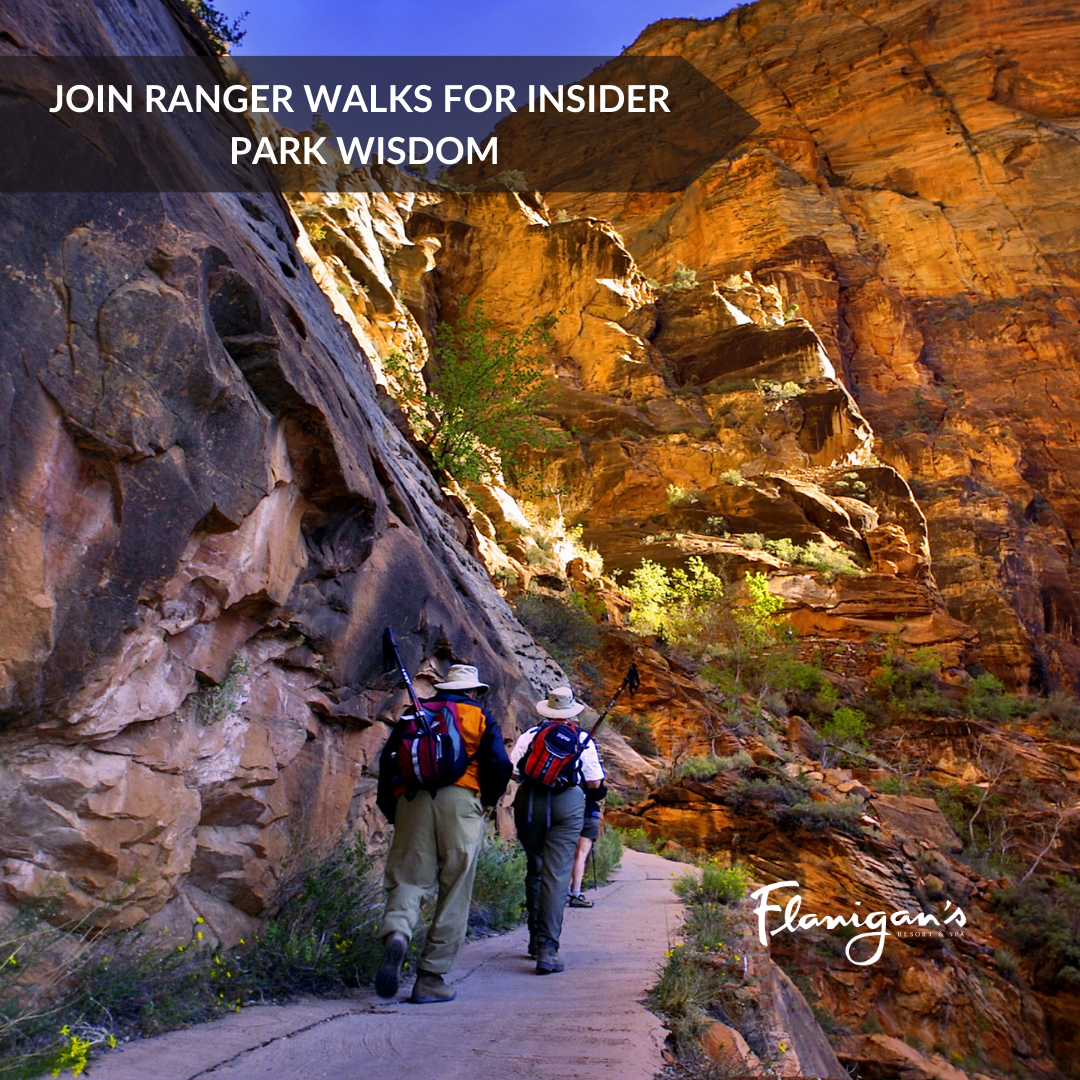
Expert Guidance: Park rangers and geological experts offer invaluable insights into Zion’s geological mysteries, sharing their knowledge and expertise with visitors eager to learn more about the park’s natural history. Whether leading interpretive programs or providing informative talks, these experts play a vital role in fostering a deeper appreciation for Zion’s geological wonders.
Hidden Alcoves and Caves: Beyond the well-known landmarks, Zion is home to a wealth of hidden nooks, caves, and geological formations waiting to be discovered. From hidden waterfalls tucked away in remote canyons to ancient petroglyphs etched into sandstone cliffs, these hidden gems offer a glimpse into the park’s rich geological history and provide opportunities for exploration and discovery.
Navigating Zion’s Geological Wonderland
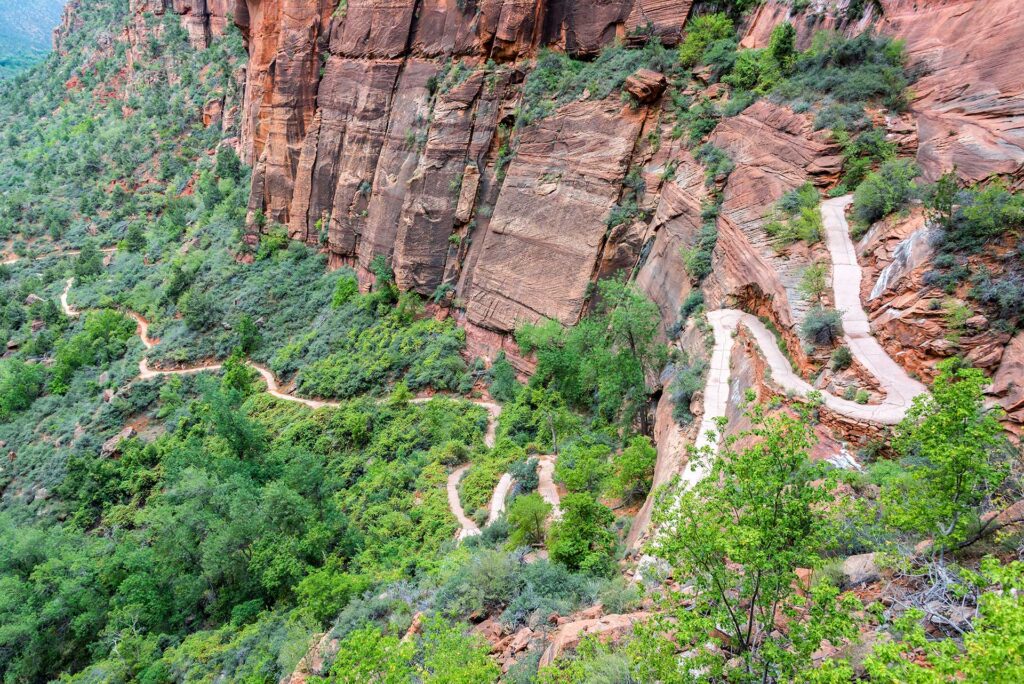
Recommended Resources: For those eager to learn more about Zion’s geological wonders, there are plenty of resources available, including books, websites, and educational programs. The Zion Natural History Association, for example, offers a wide range of informative books and field guides on the park’s geology, while the park’s visitor center provides maps, exhibits, and other educational materials to help visitors better understand Zion’s geological significance.
Guided Tours: Joining a guided tour led by knowledgeable experts is a fantastic way to explore Zion’s geological wonders with a local guide. Whether embarking on a ranger-led hike or joining a geology-focused tour, these guided experiences offer valuable insights and insider knowledge that can enhance your understanding and appreciation of Zion’s geological treasures.
Experience the magic of this remarkable landscape for yourself. From the towering cliffs of Angels Landing to the tranquil pools of the Emerald Pools, Zion’s rock formations are a testament to nature’s power and beauty.
Finally, after a day of exploring, return to the comfort of Flanigan’s Resort, where you can unwind and reflect on the wonders you’ve witnessed in the heart of southern Utah’s geological masterpiece.
FAQs
How was Zion National Park formed?
Zion National Park was formed over millions of years through a combination of sediment deposition, uplift, and erosion. Layers of sediment—like sandstone, mudstone, and limestone—were laid down by ancient seas, rivers, and deserts. Later, tectonic forces uplifted the Colorado Plateau, and the Virgin River carved deep canyons into the rock, forming the dramatic cliffs and slot canyons seen today.
What types of rock are in Zion?
Zion is known for its prominent Navajo Sandstone, a massive, cross-bedded formation that forms many of the park’s towering cliffs. Other rock types in the park include Kayenta Formation (siltstone and shale), Moenave Formation, limestone, and conglomerate. These layers represent different environments over time, such as deserts, rivers, and shallow seas.
How many switchbacks on Angels Landing?
There are 21 switchbacks on the trail to Angels Landing, known as Walter’s Wiggles. These steep, tight turns are part of the final ascent before reaching Scout Lookout, followed by a narrow, exposed ridge leading to the summit.
Are there caves in Zion?
Zion does not have large, publicly accessible caves like some other national parks. However, there are small alcoves and rock overhangs, many formed by erosion in sandstone. These are sometimes referred to as “caves,” but they are generally shallow and not true underground cave systems.
What is the famous rock arch in Utah?
The most famous rock arch in Utah is Delicate Arch, located in Arches National Park, not far from Zion. It is an iconic symbol of Utah and often appears on license plates and tourism materials.

